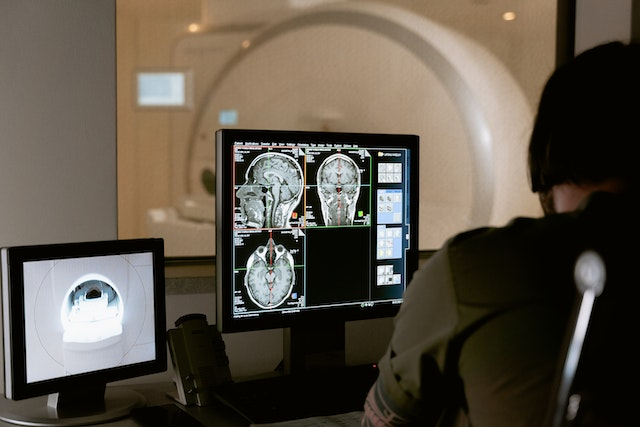Medical Image Segmentation

The primary goal for developing the new statistical framework is to mimic the human perception for tumour delineation and marry it with all the advantages of an analytic method using modern-day computing environment. Our proposed framework will explicitly use statistical models which can accommodate the 2D and 3D spatial relationships in medical images along with their natural ability to fuse images from different modalities (e.g. CT/MRI) and provide complementary information for image segmentation tasks.
On a recently funded project, we have worked with Diabetic Foot Ulcers with a company, Medical Intelligence Group, under the A4I Innovate UK funding scheme.
Diabetes is the 9th leading cause of death globally and a leading co-morbidity to cardiac related deaths. The UK has over 4M diabetics who are 23x more likely to develop diabetic foot ulcers (DFUs). 10% of these DFUs will lead to foot amputation and a mortality rate of 50% within two years. Globally the International Diabetes Federation estimates a prevalence of over 450 million diabetics, projected to grow to 578 million by 2030.
Medical Intelligence Group (MIG) offers a 3 pillar innovative solution to this; remote at home monitoring technology used by patients themselves, early ulcer detection system and AI predictive modelling. The key impacts are improvements to patient outcomes through increased ulcer monitoring for timely treatments, relieving stress and cost saving for the NHS. Through catching deteriorating ulcers earlier on in the patient journey, reduces the need for amputations avoiding surgery and aftercare costs. More importantly avoiding amputations for patients ensures quality of life for the patient both socially and economically as those with amputations have a 50% mortality rate within just 2 years.

Researchers
Publications
- Deep Probability Contour Framework for Tumour Segmentation and Dose Painting in PET Images, 26th International Conference on Medical Image Computing and Computer Assisted Intervention (MICCAI 2023).
- Kernel Smoothing-based Probability Contours for Tumour Segmentation, 26th UK Conference on Medical Image Understanding and Analysis (MIUA 2022).
- DenResCov-19: a deep transfer learning network for robust automatic classification of COVID-19, pneumonia, and tuberculosis from X-rays, Computerized Medical Imaging and Graphics, 94, 102008, (2021).
- Signaling Local Non-credibility in an Automatic Segmentation Pipeline, Medical Imaging 2007: Image Processing, (2007).
- Statistics on anatomic objects reflecting inter-object relations, 1st MICCAI Workshop on Mathematical Foundations of Computational Anatomy: Geometrical, Statistical and Registration Methods for Modeling Biological Shape Variability, (2006).
Grants
Organisations

